Charles Paul Enz9812819002, 9789812819000
As the title suggests, attention is directed on the one hand toward the material world which is viewed in its extreme spatial extensions of the universe and of the elementary particles. In particular, the fascinating notion of the void and its fluctuating energy is the subject of various discussions, as is the subdivision of material bodies and its limits. The latter as well as the limit of gravitational stability are depicted in a diagram leading to the ultimate point of the Planck mass and length.
The other topic of the title is the spiritual realm which, as in the Introduction, is based on reflections and quotations from religious texts. This rather personal aspect is also apparent in the frequent mention of the author s teacher Wolfgang Pauli, who on the psychological side is associated with C G Jung and Marie-Louise von Franz and on the physical side with Albert Einstein and the author s colleague Ernest Stueckelberg.
Contents: W Pauli s Scientific Work; Is the Zero-Point Energy Real?; 50 Years Ago Pauli Invented the Neutrino; Applications of Quantum Mechanics (1926 1933); Pauli (Wolfgang) 1900 1958; Bohr, Delbrück, Pauli and Biology; Ernst Stueckelberg; The Role of Space and the Problem of Localization in Modern Physics; Wolfgang Pauli and the Role of the Observer in Modern Physics; Quantum Theory in the Light of Modern Experiments; After-Dinner Speech on Board the Ship Ville de Neuchâtel ; Preface in: A Course on Many-Body Theory Applied to Solid-State Physics; Rational and Irrational Features in Wolfgang Pauli s Life; The Swiss Years of Albert Einstein; Wolfgang Pauli and the Development of Quantum Field Theory; Observability and Realism in Modern Experiments with Correlated Quantum Systems; The Science of Matter: Fascination and Limits; World-Space — Atom-Space: Fullness or Emptiness?; Wolfgang Pauli — C G Jung, a Dialogue over the Boundaries; The History and the Physics of the Zero-Point Energy.
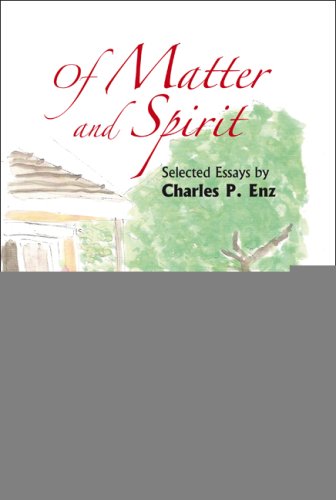
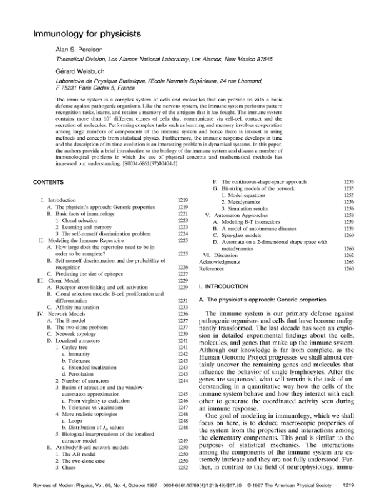
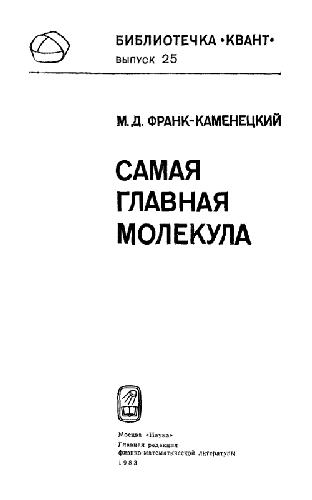
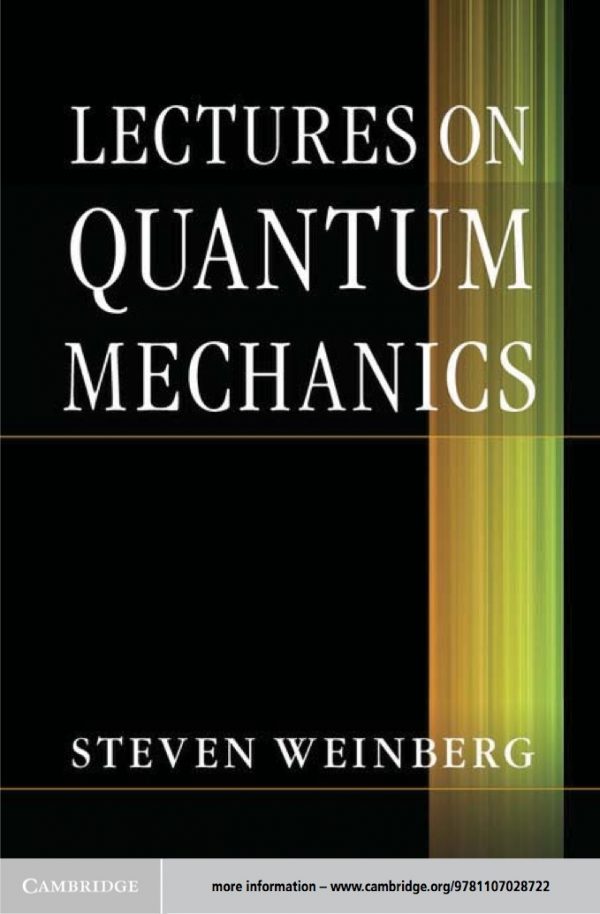
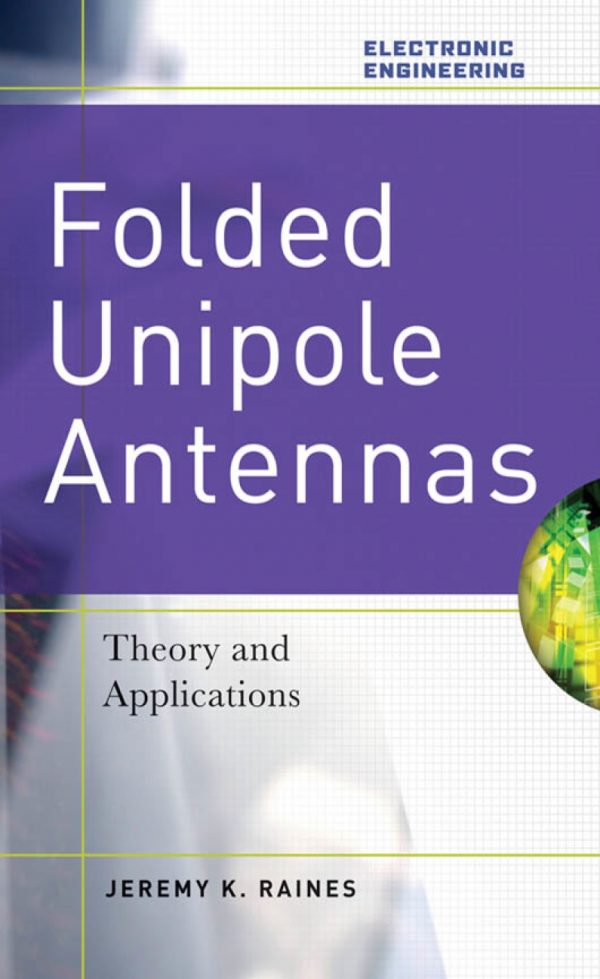
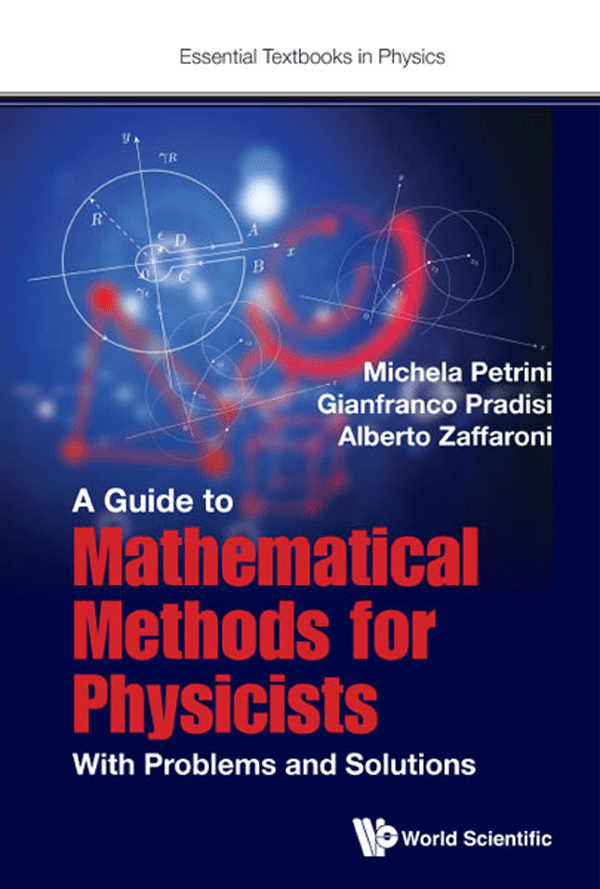
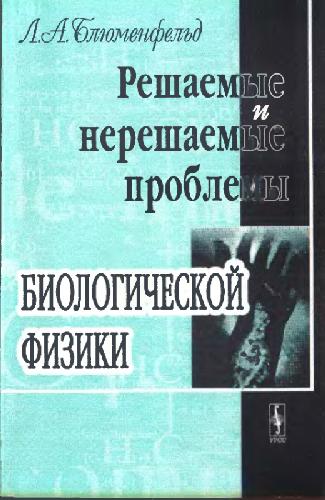
Reviews
There are no reviews yet.